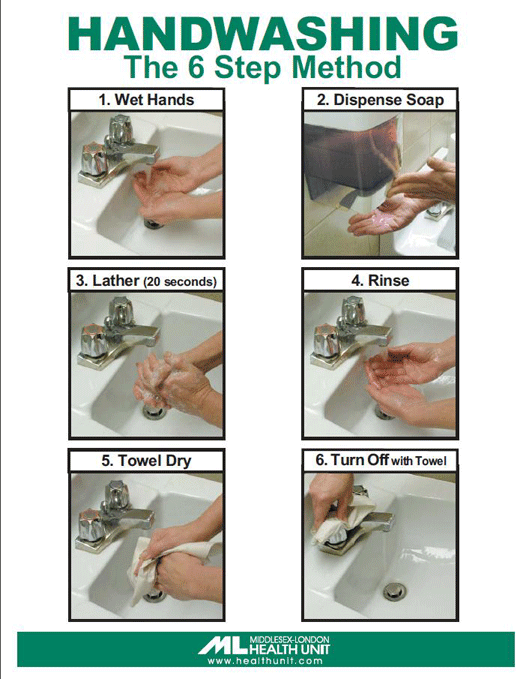For More Information
Please contact your healthcare provider, local pharamacy or walk-in clinic.
What is Fifth Disease? Fifth Disease is a mild rash illness caused by human parvovirus B19 that occurs most commonly in children but can infect adults as well.
Please contact your healthcare provider, local pharamacy or walk-in clinic.
It can take anywhere from 4 to 20 days from the time the virus gets into the body before symptoms start to show. Some people who are infected with fifth disease do not show any symptoms. For most people, fifth disease begins as a mild illness with muscle aches, headache, tiredness and sometimes a fever. A rash can appear 7 to 10 days later.
The virus is found in the secretions of the nose and mouth. It is spread person to person by direct contact with these fluids, for example when sneezing and coughing or by touching a used facial tissue or sharing cups and utensils.
A person infected with parvovirus B19 is contagious to others before the rash appears. By the time the rash appears the person is no longer contagious.
Sometimes Fifth Disease during pregnancy may lead to complications. Women who have had Fifth Disease in the past will have antibodies to protect them from getting Fifth Disease again. These women do not need to be concerned about it during pregnancy. About 50 percent of pregnant women are immune to Fifth Disease.
There is some risk to the developing baby if a pregnant woman who has never had fifth disease is exposed during pregnancy. In very rare cases the virus can affect the unborn baby’s ability to make red blood cells, sometimes leading to a dangerous form of anemia. The risk is lower for exposures in the second half of pregnancy than in the first half.
A blood test can be done to see if you are immune to the virus that causes Fifth Disease. If you are pregnant and think you may have been exposed to Fifth Disease, consult your doctor.
The women at highest risk of exposure to Fifth Disease are mothers with young children and those who work as teachers and childcare providers.
To reduce the risk of infection as a pregnant woman you should:
 The 6 Step Method of Handwashing (PDF 96KB)
The 6 Step Method of Handwashing (PDF 96KB)